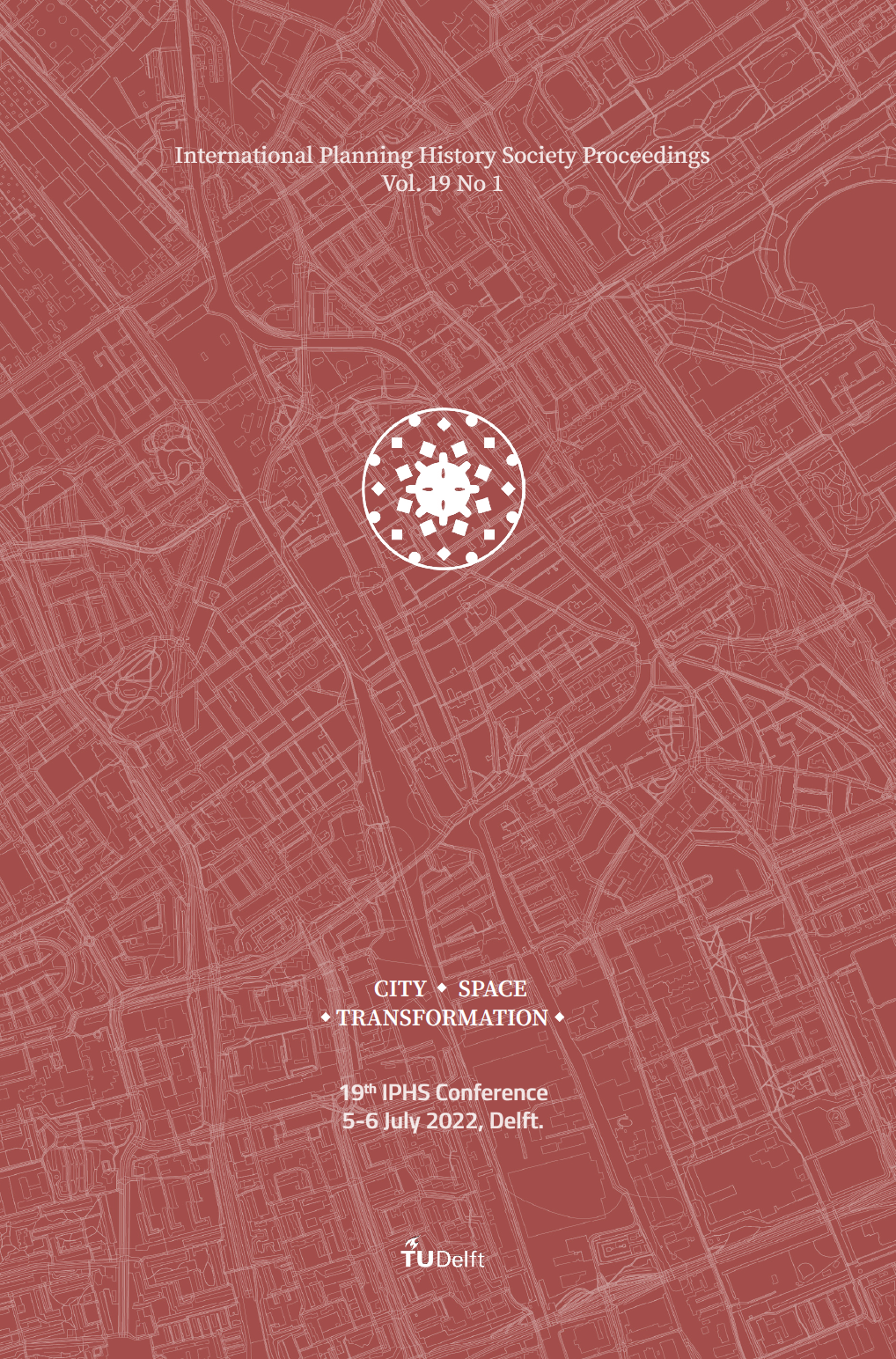Study on the Changing of Traditional Urban Fabric in Shanghai Old Town
DOI:
https://doi.org/10.7480/iphs.2022.1.6467Abstract
During the regeneration process of historic built environment in the megacities like Shanghai, traditional urban fabric and modern urban fabric have different spatial characteristics. The traditional urban fabric in Shanghai, which is represented by Lilong houses, can offer highly shared public and semi-public spaces in daily life. Unfortunately, after nearly 20 years of large-scale renewal process, there is only about 40% of the traditional urban fabric retained in Shanghai Old Town, which deeply depends on the delineation and planning requirements of Historic Conservation Area. In the past two years, in the planning of core conservation zone, Shanghai tries a new reconstruction way by demolishing old house and building new house with similar height and density as the former ones, to maintain the urban fabric and improve the environment quality. Taking Luxiangyuan as an example, the spatial pattern was inherited to a certain extent, the style and the elements of new house echoed with Lilong buildings. This paper finds that confronting with the challenges of disappearing traditional urban fabric, the former planning and "fabric reconstruction" practice has certain limitations, such as the disappearance of the high sharing character of roads and alleys.
Downloads
Published
How to Cite
Issue
Section
License
Copyright (c) 2022 Ruiqi Shan, Song Zhang, Kaike Li

This work is licensed under a Creative Commons Attribution 4.0 International License.

